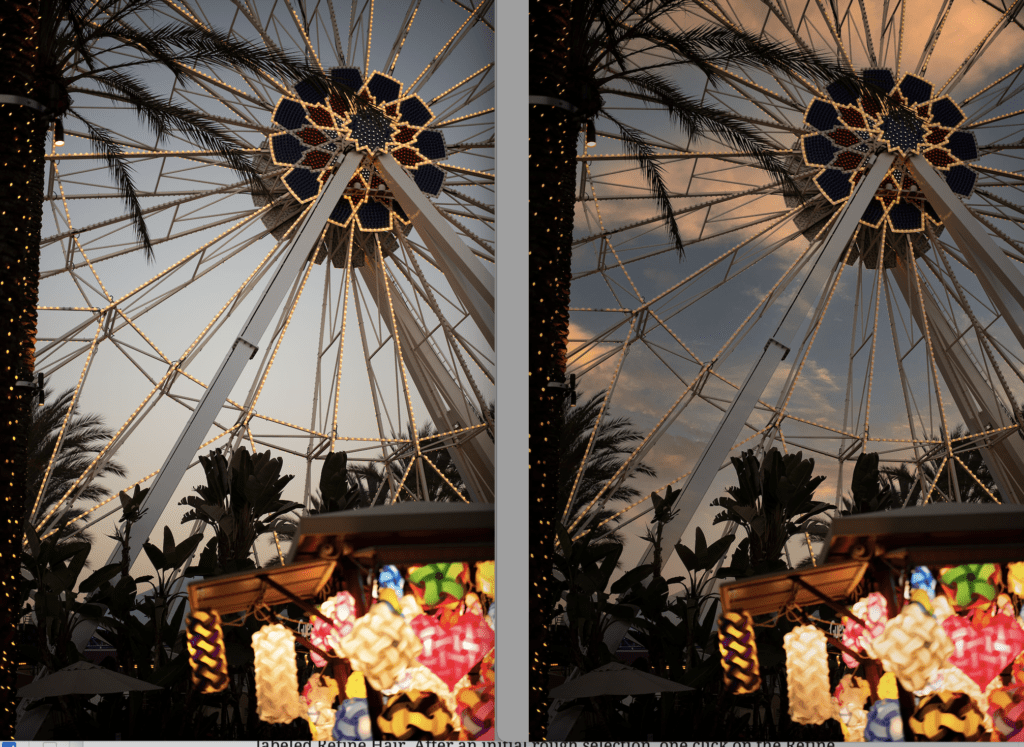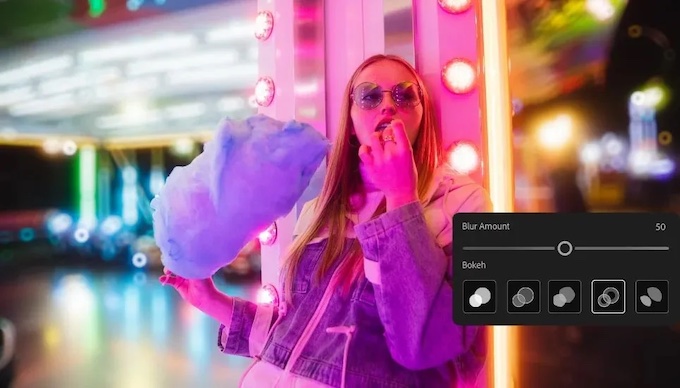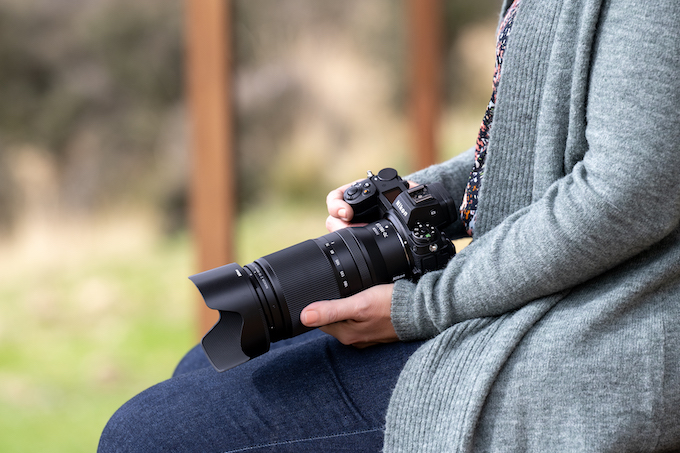Software
Adobe MAX 2020, which launched in October as a virtual and free conference, saw the introduction of new versions of Adobe’s Creative Cloud applications for professional photographers. Adobe Bridge, Lightroom and Photoshop all received updates, ranging from minor bug fixes to major new features. Both the desktop and iPad versions of Lightroom and Photoshop incorporate these updates. We will look at the major features using the desktop applications.
[Read: 16 Software Editing Programs for Every Skill Level]
New Features in Photoshop and Lightroom 2021
Adobe calls Photoshop 2021, also known as version 22.0, the “world’s most advanced AI application for creatives,” and it has the greatest number of new features including Neural Filters (which have received the most attention), Sky Replacement, improved Refine Edge Selections and the all-new Discover panel. The addition of a sky replacement function and a single click refine hair button are also worth taking a look at.
Adobe Sensei and NVIDIA artificial intelligence drives the new Neural Filters, which have their own position in the drop-down Filter menu. Skin Smoothing and Style Transfer head the list. Skin Smoothing has sliders for blur and smoothing. Style Transfer requires you to download 177.7 MB of presets to apply to your image. These presets add creative effect overlays onto straight portraits.
Below the icon that selects those two filters is an icon to select 15 other filters. Many of these are currently inoperative, others require downloading, and the two included at present require processing in the cloud. One of these, Depth-Aware Haze, adds environmental haze and warmth behind a foreground figure, both controlled by a slider. The other is Smart Portrait.
The Smart Portrait Neural Filter allows you to make major changes to your portrait image. You can change expressions, head, eye, and light direction, hair thickness, and even age. While there may be times when some of them may be useful for an actual portrait, most can totally change the portrait into something else entirely.

The new Sky Replacement adjustment is found in Photoshop’s Edit drop-down menu. The interface includes 25 skies arranged in the categories of Blue Skies, Spectacular and Sunsets. You can also import your own skies. Clicking on a sky from those available immediately adds it to your preview and makes minor adjustments to the foreground to improve visual compatibility. Sliders are available for both sky and foreground adjustments and several output options are included.
Masking hair well is often a grueling, time-consuming task even with the continued improvements in Photoshop. Photoshop 2021 adds another improvement to Select and Mask, a new button in the top options toolbar labeled Refine Hair. After an initial rough selection, one click on the Refine Hair button completes the hair masking automatically.
A Color Grading tool is added to Adobe Photoshop Lightroom 2021 and the Camera Raw update. Color Grading replaces the existing split-toning tool and creates the ability to adjust the hue, saturation and luminance of images. Hue and saturation are adjusted using color wheels, while luminance is controlled with a slider. There are separate color wheels for highlights, mid-tones, and shadows, as well as an additional wheel for global changes.
Moving the default center point of the wheel adjusts both hue and saturation. Holding the Shift key while adjusting the center point changes the saturation only. Holding the command(Mac)/ctrl(Win) key while adjusting changes the hue only. You can also adjust only the hue by moving the “knob” that surrounds the circle. In addition, there is a Blending slider that adjust the highlight to shadow blending and a Balance slider that balances highlights, mid-tones and shadows.
Adobe Photography Suite’s User Friendliness
If you find any of the Adobe photography suite of programs to be user-friendly, you are probably spending too much time in front of your computer and not enough time creating images with your camera. That aside, these new additions to the 2021 suite actually are user-friendly the first time you use them. Color grading is likely to require some initial playing with unless you are familiar with a very similar tool in Capture One or ACDSee Photo Studio Ultimate 2021. The other new features are self-explanatory once you find them in the Photoshop menus and open them.
Features That Work Well

With Adobe’s engineering team and pre-release testers, I have seldom found a new feature that doesn’t work as intended. The Color Grading tool in Lightroom and Camera Raw offers a level of precision tonal adjustments to highlight, mid-tones and shadows that has been previously unavailable without tonal separation masking. Sky replacement seems perfectly implemented in my limited testing, and the ability to use skies from your own library is only available in a few other programs.
If you are like me and only need to mask hair infrequently, the option of doing it automatically with one click is great. And if it isn’t as perfect as you would like, you can still use the precision masking adjustments in Select and Mask to further refine it.
As for the new Neural Filters, those that are active do what they are designed for. I look forward to the implementation of the rest. As for Smart Portrait—which allows you to transform a portrait subject along parameters such as age, expression, pose and more—each user will need to decide for themselves when to use it, or whether it should even be available for general use. AI analyzes the portrait to allow you to change aspects of your subject’s features, such as changing the direction of the subject’s head, gaze and the intensity of their smile.
How It Compares With Other Photo Software
Adobe is the proverbial “800-pound gorilla” of image processing for professional photographers. The direction it moves sets the direction for the industry, although ACDSee Ultimate and Capture One may beat Adobe to the punch on a tool. Other programs like DxO Photo Lab, Affinity Photo, Luminar, Exposure and others that don’t require a subscription have loyal followers. Many programs offer presets for film looks or scene looks that Adobe programs do not. But for many professional photographers, the Adobe programs will remain their standard image processing programs, and updates as found in the Adobe MAX 2021 suite is the reason why.





